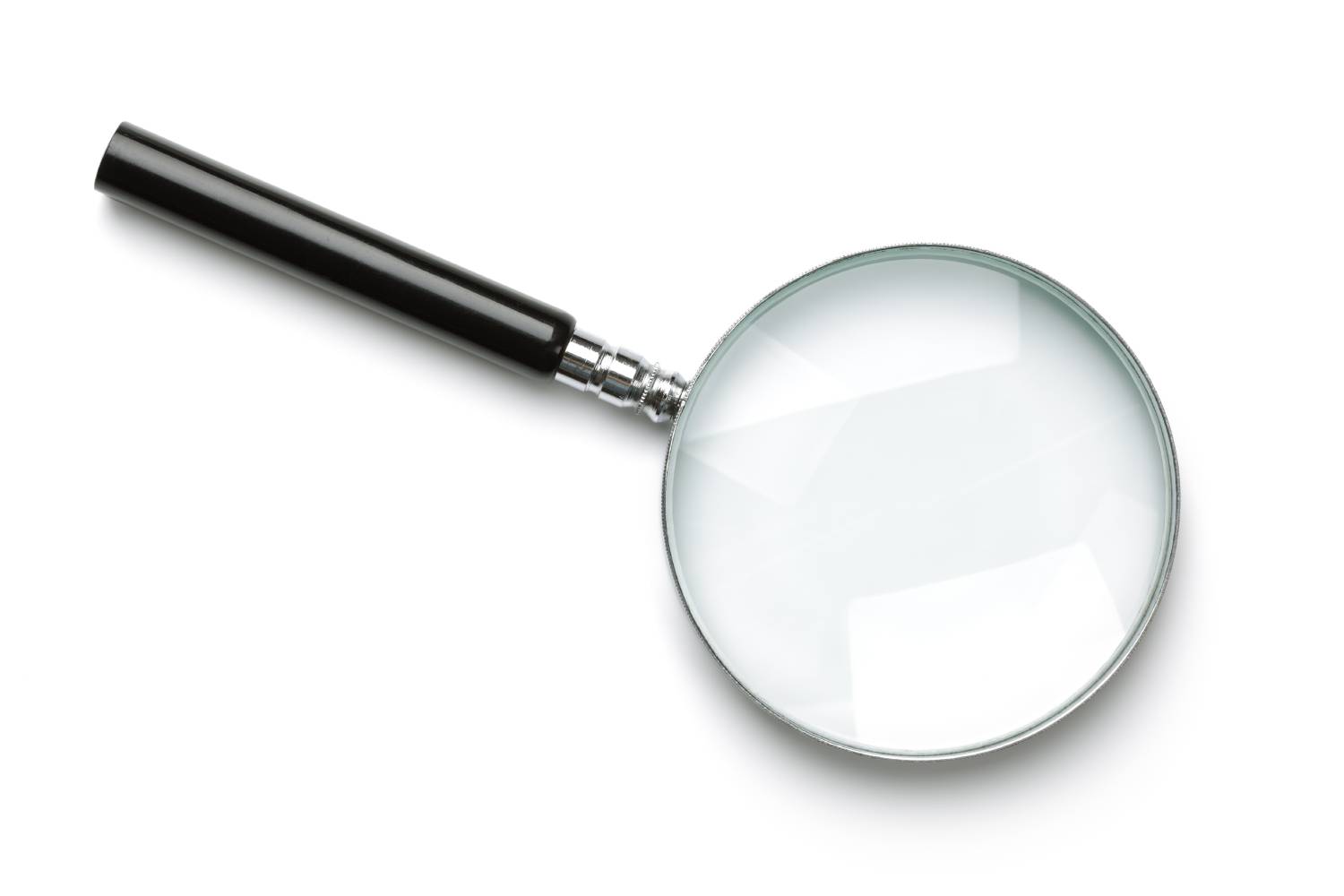
In the second of two Q&As with R&D colleagues, SAS' Udo Sglavo provides a window into how we approach drug-development challenges with machine learning.

In the second of two Q&As with R&D colleagues, SAS' Udo Sglavo provides a window into how we approach drug-development challenges with machine learning.

A note from Udo Sglavo: At SAS, what we deliver to our customers is a product of creative minds thinking differently, challenging the norm, taking risks, and learning from trial and error (The greatest teacher, failure is). For the return of World Creativity & Innovation Week, we want to share

In a Q&A with SAS' Udo Sglavo, Xilong Chen of SAS parses the work of 2021 Nobel Prize winners for Economics.

SAS' Udo Sglavo and Jan Chvosta discuss the power of a regression framework and choosing the correct regression model.

SAS' Udo Sglavo interviews colleague Jan Chvosta, director of Scientific Computing at SAS, on regression analysis and how it works.

Learn how a computer vision application makes it safer, post-pandemic, for employees to return to factories.

In the second of two posts spotlighting SAS R&D innovators, SAS' Udo Sglavo interviews Chris Barefoot, Matthew Galati, Courtney Ambrozic and Davood Hajinezhad.

In the first of two posts spotlighting SAS R&D innovators, SAS' Udo Sglavo introduces you to developers Amy Shi, Maggie Du and Phil Helmkamp.

Note from Udo Sglavo: In our peace of mind blog series, we documented areas of analytics that are either evolving or not necessarily in the standard toolset of data scientists. We looked at causal modeling, network analytics, and econometrics, to name a few. With this blog post, we would like

Note from Udo Sglavo on mathematical optimization: When data scientists look at the essence of analytics and wonder about their daily endeavor, it often comes down to supporting better decisions. Peter F. Drucker, the founder of modern management, stated: "Whenever you see a successful business, someone once made a courageous decision."

A note from Udo Sglavo: When people ask me what makes SAS unique in the area of analytics, I will mention the breadth of our analytic portfolio at some stage. In this blog series, we looked at several essential components of our analytical ecosystem already. It is about time to

A note from Udo Sglavo: This post offers an introduction to complex optimization problems and the sophisticated algorithms SAS provides to solve them. In previous posts of this series, we learned that data availability, combined with more and cheaper computing power, creates an essential opportunity for decision-makers. After looking at network analytics

A note from Udo Sglavo: A wealth of connectivity is pervasive in the data we gather across many industries. In other words, networks are all around us. A data science trend you cannot ignore is to organize, learn from, and drive decision-making based on connected data. Network analytics engines provide efficient

The first principle of analytics is about bringing the right analytics technology to the right place at the right time. Whether your data are on-premises, in the cloud, or at the edges of the network – analytics needs to be there with it. Being true to this principle means we

“Technology is an industry that eats its young, it is rare to come across providers that have been around for more than a human generation.” Tony Bear, Big on Data With more than 40 years in the market, SAS is one of the rare technology providers that has been around

A note from Udo Sglavo: The need for randomization in experimental design was introduced by the statistician R. A. Fisher in 1925, in his book Statistical Methods for Research Workers. You would assume that developing a successful treatment for COVID-19, the illness caused by the SARS-CoV-2 virus, will eventually conclude in

A note from Udo Sglavo: In Digital transformation, scientific computing, and peace of mind, I mention that the COVID-19 pandemic is paralyzing the world. However, new challenges are also inspiring new ideas to tackle those challenges. We might ask questions about what is causal in nature, trying to figure out

Remember Subconscious Musings? It was the name of the blog Radhika Kulkarni (now retired Vice President of SAS R&D) started in 2012. She wrote about trends that drove innovation and challenges that expanded the boundaries of what we thought was possible. It eventually evolved into what we now know as